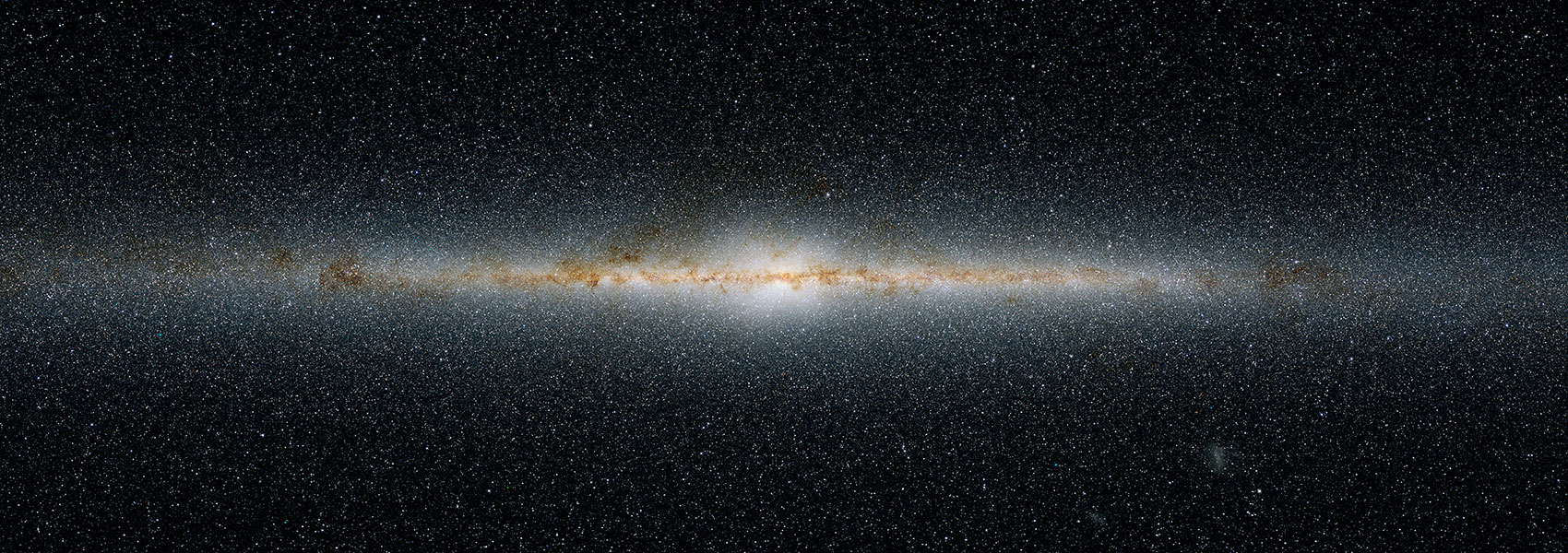March
1997
•
1997PhDT.........4A
Authors
•
Akeson, Rachel Lynn
Abstract
•
Images of the linearly polarized emission from magnetically aligned dust grains have been used to investigate the magnetic field structure in the dense environments of young stellar objects. These observations provide constraints for theoretical modeling on scales relevant to protostellar disks, envelopes and outflows. Adjustable reflecting polarizers were installed at the Owens Valley Radio Observatory millimeter array to allow observations of polarized emission. Polarized emission was detected toward two young stellar objects NGC 1333/IRAS 4A and IRAS 16293-2422. Both sources are highly embedded and considered among the youngest objects known. The strong sub-millimeter and millimeter fluxes indicate a large amount of circumstellar material which may correspond to the magnetically supported envelopes predicted by theoretical models. Toward IRAS 4A, the magnetic field direction implied by the polarization position angle is parallel to the bipolar molecular outflow. Radiative transfer models were calculated and the offset of the polarized emission toward red-shifted outflow is consistent with an hourglass field morphology in the envelope. The polarized emission toward IRAS 16293 is located between the two binary components. The magnetic field direction coincides with directions seen in one of the four outflow lobes. However, the field direction is perpendicular to the rotation axis of the circumbinary disk. Given the complicated outflow and circumbinary disk structure of the source, a simple model can not explain the implied magnetic field direction or the offset of the polarized emission from the total intensity. Observations were also made of the Orion KL region, though no polarization was detected. The upper limit to the polarized emissions suggests that the decrease in polarization seen by single-dish surveys toward the high mass young stellar object IRc2, is not due to field tangling. The implications of significant polarized emission as detected in the envelopes of IRAS 4A and IRAS 16293 are considered for several alignment mechanisms. Alignment by paramagnetic relaxation of thermally rotating grains will not be efficient in these dense, warm regions, and some mechanism for suprathermal grain rotation may be necessary to explain the observations. millimeter polarimetry in the study of the role of magnetic fields in protostellar condensations.
Links




